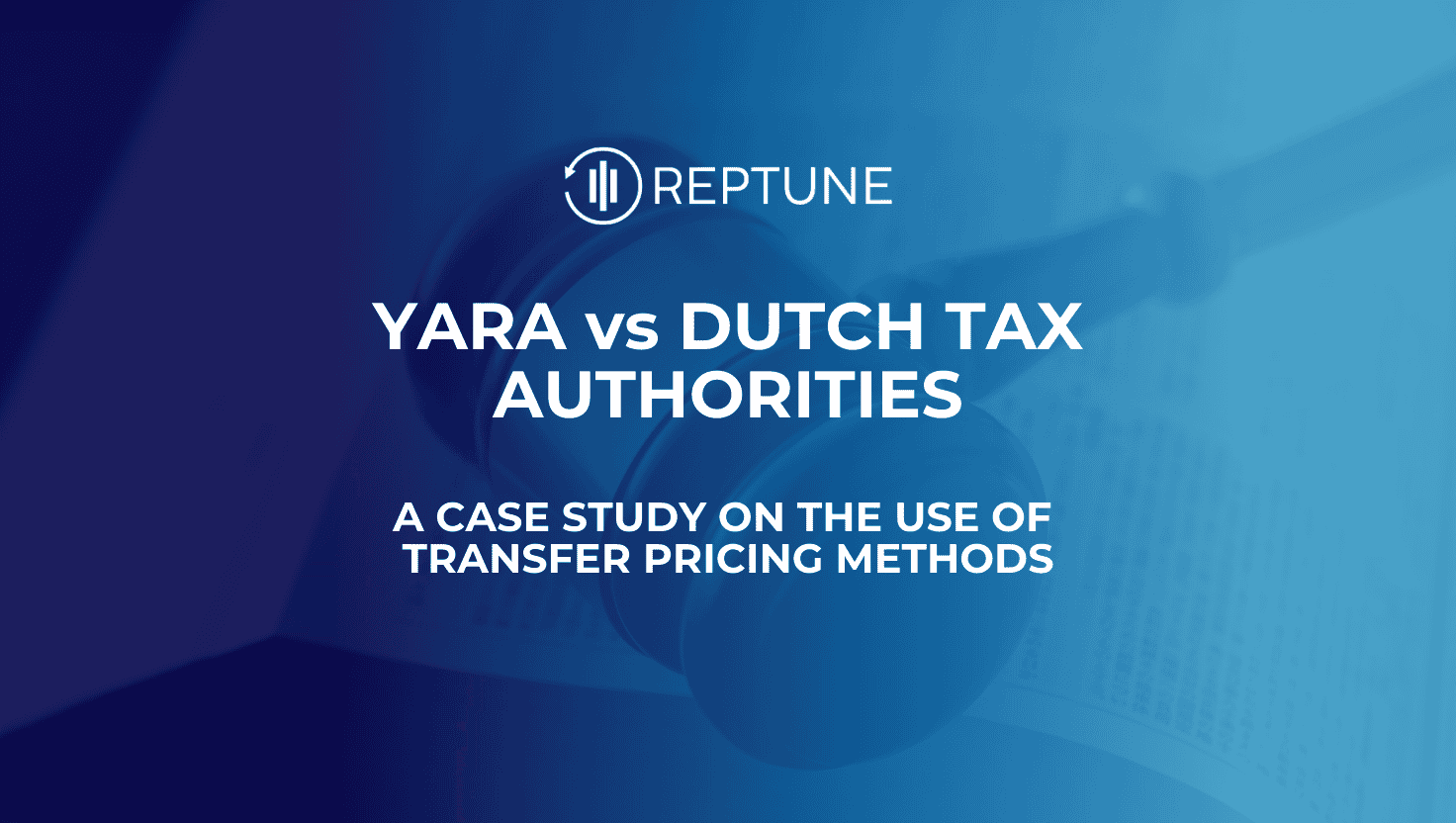
This blog post takes us to Reptune’s home country—the Netherlands—where the Dutch Supreme Court recently delivered its final ruling in the long-standing dispute between fertilizer giant Yara and the Dutch Tax Authorities (DTA). At the heart of the case? The use of transfer pricing methods in a hybrid operational model and whether a cost-plus method was defensible when applied inconsistently across business segments.
The ruling offers a valuable playbook for multinational enterprises (MNEs) navigating controlled transactions, internal comparables, and functional inconsistency in hybrid structures. Let’s dig in.
Poker players know that statistically, most hands are weak—yet bluffing makes the game exciting. In transfer pricing, some cases are just as thin. And yet, like poker, companies sometimes double down and escalate matters through litigation, even when folding might have been the better play.
This analogy sums up the Yara case—a company that kept raising the stakes until the Dutch Supreme Court finally called the bluff.
Yara operated a major fertilizer plant in Sluiskil, Netherlands. Historically, the plant sold its output directly to third parties.
In 2011, Yara completed a $400 million expansion at the Sluiskil site. From this new capacity, roughly 39% of the combined output was sold to a Swiss related entity under an intercompany agreement. Yara claimed that it acted as a low-risk contract manufacturer and applied the cost-plus method to justify the price charged to SwissCo.
The remaining 61% of Sluiskil’s output continued to be sold to third parties directly—capturing residual profits as a full-risk manufacturer.
DTA approached the case with characteristic Dutch practicality:
DTA argued that the arm’s length price should reflect the same transfer pricing methodology for the entire Sluiskil operation—not a split profile without a valid business rationale.
Yara maintained that the 39% share sold to SwissCo reflected a guaranteed cost-plus arrangement, with risks shifted to the Swiss principal. But this created an inherent contradiction:
Ultimately, the courts weren’t convinced by Yara’s functional analysis or the legitimacy of its transfer pricing techniques.
1. Functional Consistency Matters
Applying different pricing methods within the same entity without a clear business rationale undermines credibility. If you’re using a cost-plus method for part of your operations and a residual model elsewhere, you’ll need a bulletproof justification rooted in actual business practice.
2. Internal Comparables Trump Complex Models
The Dutch Tax Authorities used actual sales to third parties as the comparable uncontrolled transactions—a powerful tool when available. These provide stronger evidence than external benchmarking, especially in commodity markets where gross profit margins are relatively stable.
3. Hybrid Profiles Require Clear Documentation
If you’re going to operate under a hybrid functional model, ensure your transfer pricing documentation clearly outlines the rationale, supported by historical data, planning models, and risk allocation logic.
4. Transfer Pricing Risk Is Real
The case underscores how tax authorities are challenging hybrid setups aggressively. The days of loosely defined length transfer pricing approaches are over. Expect your documentation to be dissected, especially when dealing with pricing methods that lead to disproportionate profits in low-function entities.
Hybrid structures can work—but only if dictated by commercial substance.
Imagine this: Your entity has historically operated as a contract manufacturer. Over time, it builds local capabilities and begins bidding for local government contracts independently. The principal has no involvement, and the client insists on a local presence. The business case is well documented, and production capacity can support the new work without disruption.
In this scenario, the hybrid structure is driven by reality—not tax strategy. That’s how it should be.
The Yara case offers a cautionary tale for companies considering dual profiles within a single legal entity. Without a clear, documented business rationale, such structures can trigger red flags. Transfer pricing guidelines demand consistency and substance. When in doubt, assume your tax authorities are holding strong cards—and be prepared to show your hand.
Need help building robust, defensible hybrid TP models? Book a demo with Reptune and align your operational reality with compliant transfer pricing methodology.
